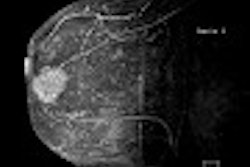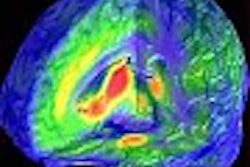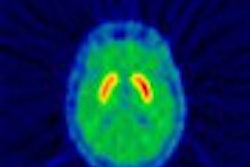Breast MRI is a powerful but often misunderstood technology that is just beginning to come into its own. Careful selection of when to use breast MRI can help breast imaging facilities make the most of this technique, according to Dr. Bruce Porter of First Hill Diagnostic Imaging in Seattle. Porter spoke on the topic recently at the National Consortium of Breast Centers conference in Las Vegas.
Dr. Porter performs 2-5 breast MRI studies per day, and has developed a refined sense for its strengths and shortcomings. For one thing, he believes that MRI should be used as part of an integrated multimodality approach to breast cancer detection that includes x-ray, mammography, and ultrasound. MRI is particularly strong in identifying lobular carcinoma, which can be missed by up to 50% of mammograms, he said.
Other appropriate uses for breast MRI include evaluating close or positive surgical margins; differentiating scar from recurrent tumor; for neo-adjuvant chemotherapy; imaging breast implants; and in high-risk screening of breast cancer gene carriers and patients with prior treatment for lymphoma. General screening is one application that Dr. Porter frowns upon, believing that the use of MRI for this application is not clinically indicated.
What are some other drawbacks of breast MRI? To learn Dr. Porter’s answer, visit either our Women’s Imaging Digital Community or our MRI Digital Community, where the story is being featured.



















